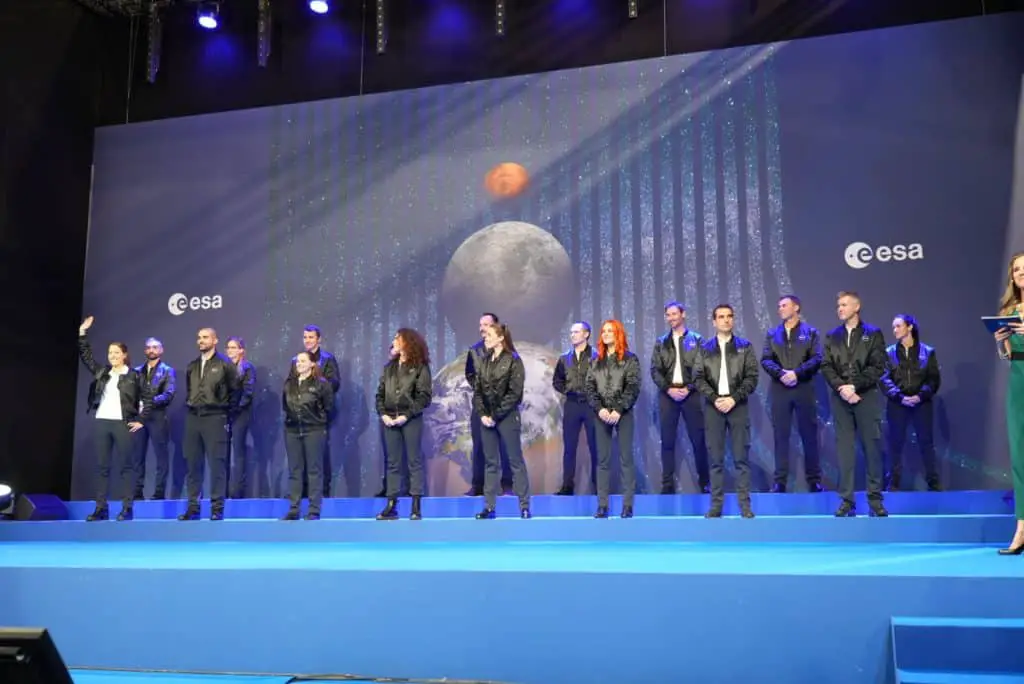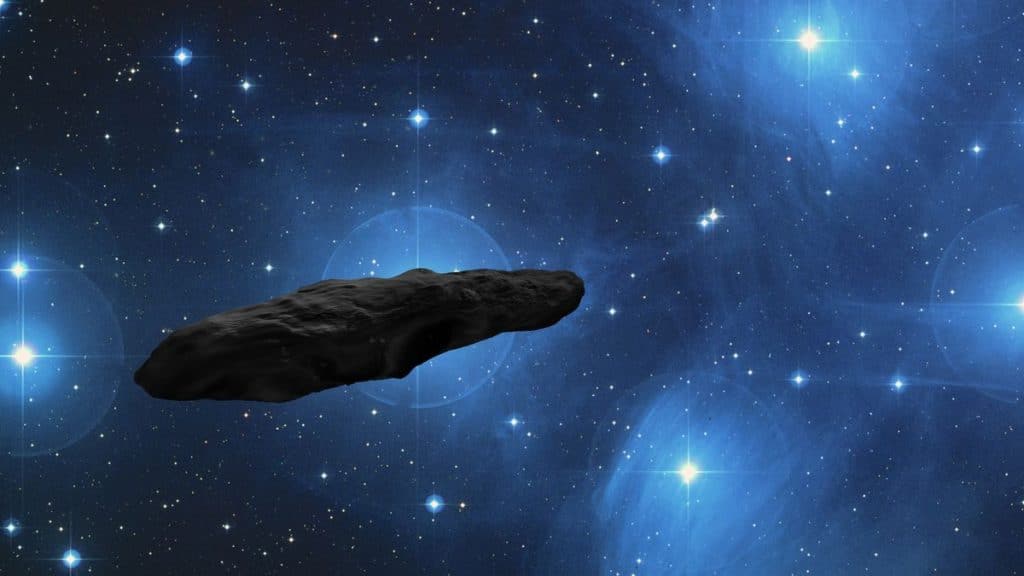The European Space Agency (ESA) has begun preparations for a new European space mission planetary defense called Ramses, which plans to to monitor up close the passage of the asteroid 99942 Apophis. This event unique is scheduled for April 13 2029and the mission Ramses must be ready for launch by April 2028, in way to be able to follow the asteroid two months before its ride close to Earth.
Objective and timing of the Ramses mission
Apophis, with its 375 meters diameter, will pass just 32,000 kilometers from the Earth’s surface. This distance is less than that of communications satellites in geostationary orbit, making the asteroid visible to the naked eye in clear skies from most of EuropeAfrica and some areas of Asia. Despite proximity, there is no risk of impact with Earth for at least the next 100 years, according to astronomers.
However, the event represents an opportunity unique scientificsince such close passes only occur once every 5,000 to 10,000 years. Ramses will be tasked with collecting crucial data before, during and after the passage of Apophis, information that could prove fundamental for any future missions to planetary defense.
The Scientific Meaning of Apophis
“There is still a lot to learn about asteroids, but until now we have had to travel deep into the Solar System to study them,” says Patrick Michel, director of the French CNRS. “For the first time, nature is bringing one close to us, all we have to do is observe.”
The Ramses mission, in fact, aims to study how the attraction Earth’s gravitational pull will affect the orbit and rotation of Apophis. Scientists predict that the close passage could cause earthquakes and landslides on the asteroid’s surface. These observations could provide valuable data on how to deflect an asteroid on a collision course with the Earth in the future.
European mission Ramses: preparations for launch and observation of Apophis: confirmation and developments of the mission
The ESA has obtained the authorization to begin the work with the resources currently available, but the final confirmation of the mission is expected for November 2025, during the meeting of the Advise Ministerial of ESAThe Ramses mission will demonstrate humanity’s ability to mount a reconnaissance mission to an approaching asteroid within a few years, said Richard Moissl, head of the Office of Planetary Defense. of ESA.

Preparations
The collection of detailed data on Apophis will provide crucial information not only to better understand asteroids, but also to develop effective strategies planetary defense. Ramses represents a significant step forward in this direction, allowing scientists to observe a rare and precious event up close.
In preparation for the launch, ESA is working hard to ensure that the Ramses probe is ready on schedule. This includes the designbuilding and testing all systems needed for the mission’s success. In addition, collaborations with other space agencies and research institutions are being planned to maximize the mission’s scientific benefits.

The Ramses mission of theESA represents a milestone in planetary defense and understanding asteroids. The ability to study Apophis up close will provide scientists with an unprecedented amount of data, improving our knowledge and capacity in response to potential future threats. The he confirms The final launch of the mission, scheduled for 2025, will mark the beginning of an extraordinary adventure in our understanding of the cosmos.
Curious about how this mission will impact future space exploration? Share your thoughts in the comments!
#European #Mission #Ramses #Preparations #Launch #Observation #Apophis
